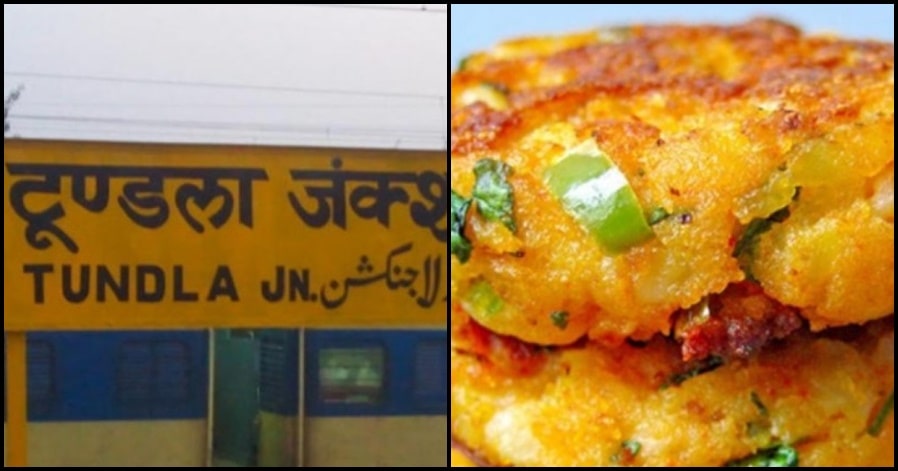No products in the cart.
What is money laundering? Understand it in very easy terms
Money laundering is a type of criminal activity. Money laundering is a dirty game that involves criminals finding ways to clean up their unsuspecting money. This means it is a process that makes the criminals’ money look “clean” without any suspicion as if they were earned legally.
Money laundering is a serious financial crime used by white-collar and street-level criminals alike. Today, most financial institutions have implemented anti-money laundering (AML) policies to identify and stop illicit financial activities. Criminals use a variety of money-laundering techniques to make illegally obtained money appear clean. Online banking and cryptocurrency have made it easier for criminals to transfer and withdraw money without detection. Preventing money laundering has become an international effort and now includes terrorist funding among its targets.
How does money laundering work?
Money laundering is essential for criminal organizations that want to effectively utilize illegally obtained funds. Dealing with large amounts of illicit cash is inexcusable and dangerous. Criminals need a way to deposit money into legitimate financial institutions, yet they can only do so if it appears to come from legitimate sources. The process of money laundering generally involves three steps: placement, layering, and integration.
Placement secretly injects “dirty money” into the legitimate financial system.
Layering obfuscates the origin of funds via a sequence of financial transactions and manipulative accounting maneuvers.
In the final stage, consolidation, the money now laundered is withdrawn from the legitimate account, to be used for whatever purpose the criminals have in mind.
Types of money laundering
There are three primary categories of money laundering, with other methods falling into these groups. The major types are:
1. Smurfs
The term “smurf” refers to a money launderer who evades government scrutiny by using three stages of money laundering (placement, layering, and integration) to conceal illegal funds. They achieve this by making numerous small transactions in different banks to stay below the reporting threshold, typically set at amounts like $10,000, thus avoiding suspicion and regulatory reporting.
2. mule
Mules are individuals hired by criminals for money laundering. They’re often unaware of the scheme and recruited for their low-risk profiles. Their main tasks involve opening bank accounts and depositing money, allowing launderers to move funds through wire transfers to avoid detection.
3. Shells
Money laundering often involves shell corporations, legal entities with no real operations or assets. These shells are used to raise funds and support business activities, making it easier to hide illicit activities, evade taxes, and maintain anonymity by moving money across accounts discreetly. Discussing the types of money laundering, shells, and shell corporations play a significant role.








